Optimal Timing for Storm Restorations
Storm restorations are most effective when performed promptly after a storm event to minimize damage and prevent further deterioration. The optimal time varies depending on regional climate patterns and storm frequency, but generally, the period immediately following a storm offers the best conditions for repairs. Early intervention can reduce long-term costs and restore structural integrity efficiently.
Conducting inspections soon after a storm helps identify damages early, enabling timely restorations and preventing secondary issues.
Dry weather following a storm allows for safer and more effective restoration work, reducing delays caused by rain or high winds.
Spring and summer typically provide favorable conditions for storm restorations due to milder weather and longer daylight hours.
Performing restorations during off-peak storm seasons can ensure availability of resources and reduce scheduling conflicts.
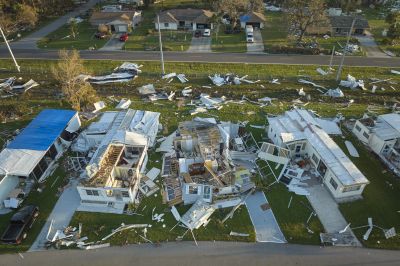
Visual inspection of roof and exterior after a storm.
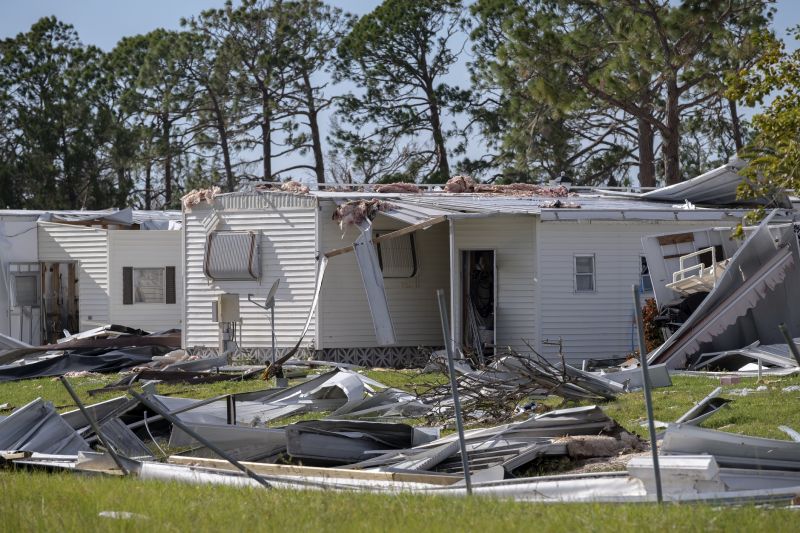
Restoration work on damaged roofing and siding.

Finished repairs restoring property integrity.

Ways to make Storm Restorations work in tight or awkward layouts.
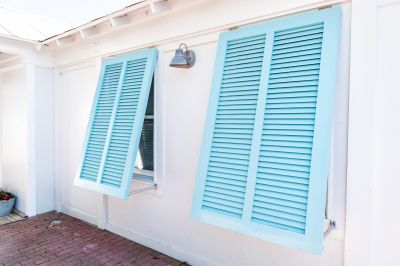
Popular materials for Storm Restorations and why they hold up over time.
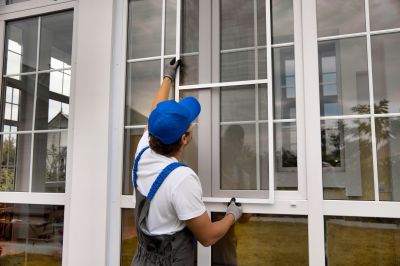
Simple add-ons that improve Storm Restorations without blowing the budget.
| Aspect | Optimal Timing |
|---|---|
| Post-Storm Inspection | Immediately after storm events |
| Weather Conditions | Dry, calm weather following storms |
| Seasonal Timing | Spring and summer months |
| Storm Season | Off-peak periods for scheduling |
| Urgency of Repairs | As soon as possible after damage occurs |
Storm restorations involve repairing and restoring properties affected by severe weather events. These efforts include fixing damaged roofs, siding, windows, and other structural components. Timely restoration helps prevent secondary damages such as water intrusion, mold growth, and further structural weakening. According to industry statistics, addressing storm damage within the first two weeks can significantly reduce repair costs and improve safety outcomes.
Storm events can cause extensive damage, with wind, hail, and heavy rain being primary contributors. In regions with frequent storms, proactive maintenance and rapid response are essential to minimize long-term impacts. Data shows that properties restored promptly after storms experience fewer issues over time and maintain higher property values. Proper planning and immediate action are key to effective storm restorations.
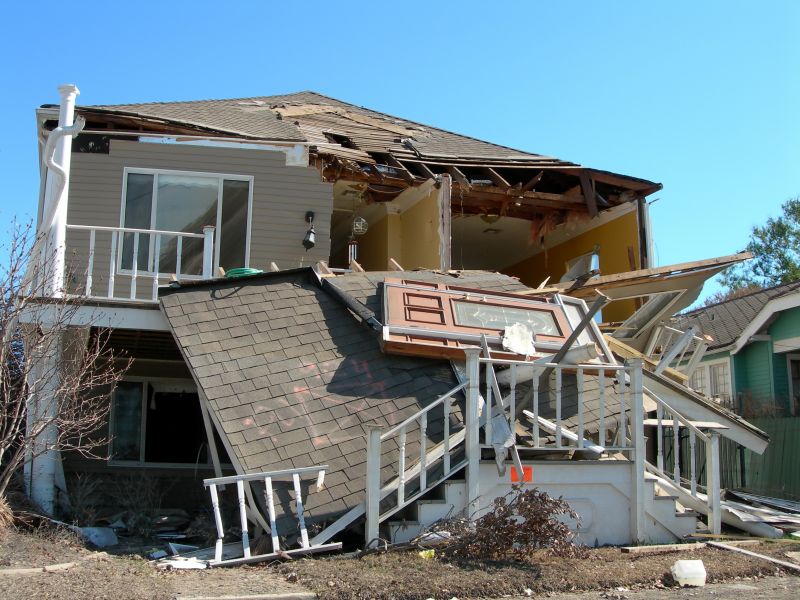
Severe roof and siding damage from recent storm.

Workers repairing storm-affected property.
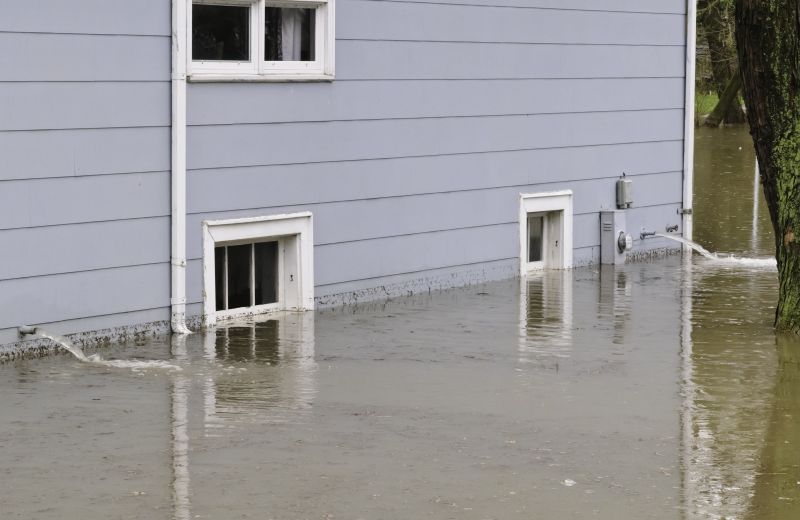
Property restored to pre-storm condition.

Rapid response team assessing storm damage.
Interested in storm restorations? Filling out the contact form can provide more information about available services and scheduling options. Prompt response and professional assessment are vital to restoring property safety and integrity efficiently.



